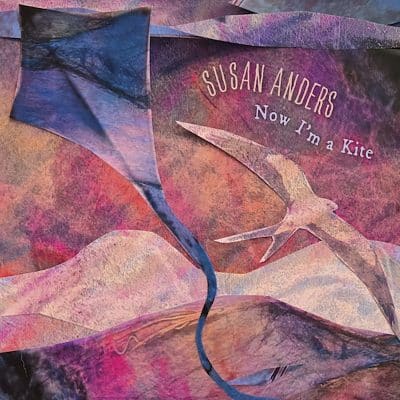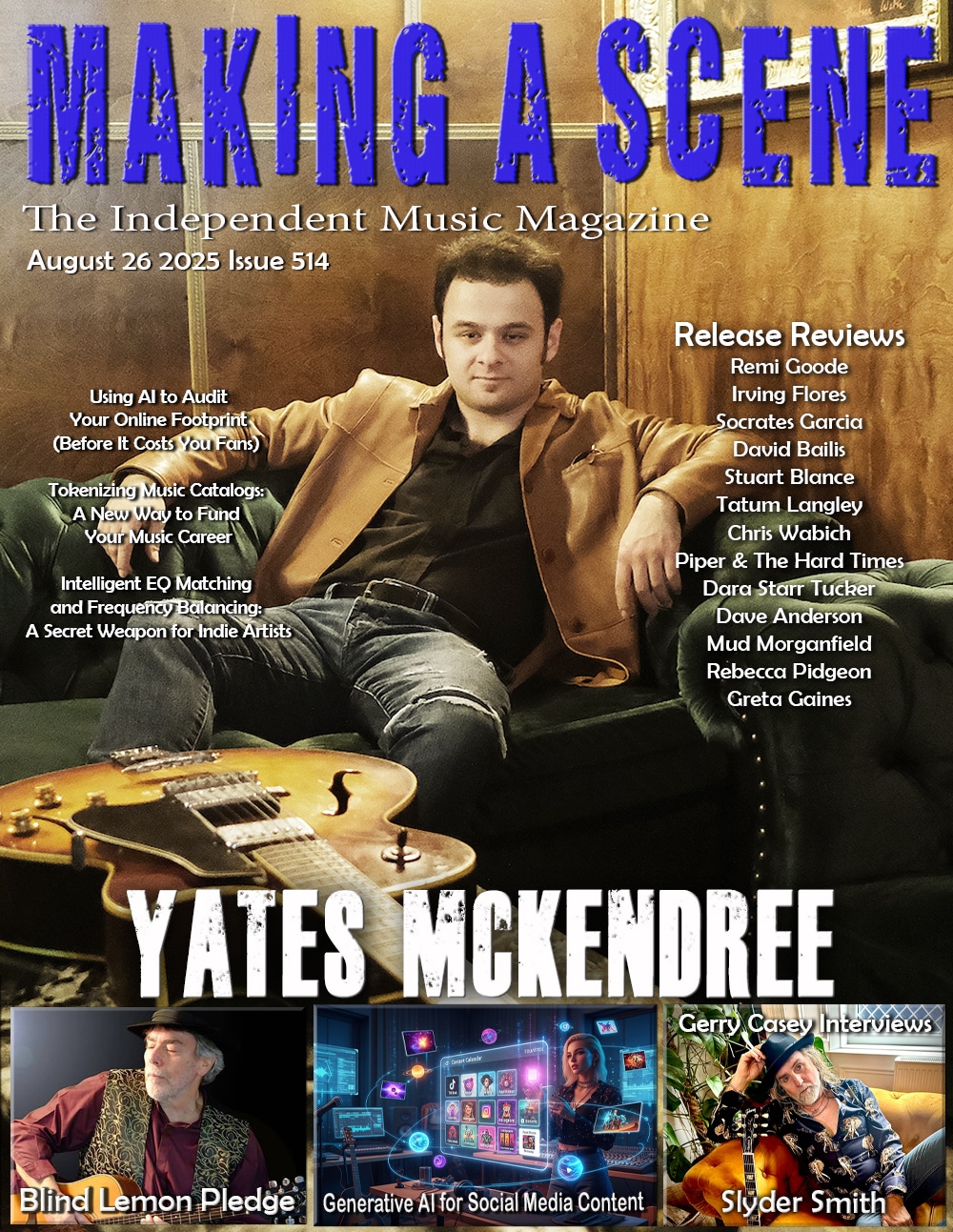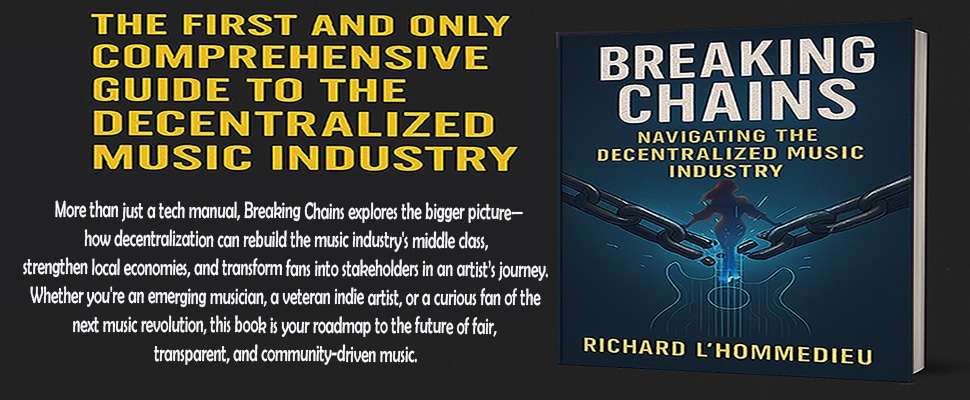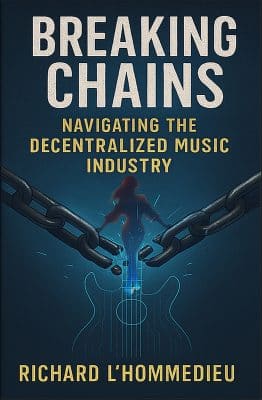Susan Anders Now I’m a Kite
 Susan Anders
Susan Anders
Now I’m a Kite
Zander Discs
A kite is an interesting concept. On the one hand, it evokes freedom and escape as the breeze just carries it, but on the other hand, it is tethered to a string, able to be retrieved. This plays well into veteran singer-songwriter Susan Anders’s’ Now I’m a Kite. Along with her partner, Tom Manche, the two have led a ridiculously nomadic life. These experiences provide plenty of fodder for these songs that explore transition, mourning, forgiveness, and new starts.
In 2021, they drove a U-Haul truck with all their belongings from Nashville to Bend, OR. They left behind a comforting community of friends built over twenty years. The mold that had spread after the 2010 flood had resulted in health issues for Anders. Several months later, her father passed. Then, after enduring two wildfire seasons in Oregon, they packed up and moved again to Santa Fe, New Mexico, only to find Manche temporarily dealing with a prostate cancer diagnosis.
So, unlike typical singer-songwriter topics of love, unrequited love, and breakups (well, there is one that’s close), these songs deal with loss, contemplating mortality, and starting over. There are no ‘fluffy’ topics here. The album was recorded mostly in Santa Fe with Anders and Manche playing multiple instruments, but also enlists some familiar Nashville musicians, such as Jim Hoke and Steve Conn, to embellish the tracks with a folk-pop sound that frames her literary and oft deeply emotional lyrics.
In the briskly moving opener “Moving Target,” she reflects on the two moves. Here is one verse – “I am not the settling kind/Got to see what else I can find/Pack my hope into a suitcase/I’ll put on my best open face.” The title track is another that describes her transformation from once being steady to now being restless. The closer, “I Don’t Think We’ve Met” ponders getting used to a new locale. She strikes tones of perseverance in “Tiny Hopeful Signs,” the first signs of climbing out of despair. Those hopeful signs appear in the smallest details in the next to last verse – “When I pull into a market and my head feels pretty clear/And I don’t fill up the cart with ice cream, pizza, and beer/when I get in the line that has the chatty checkout guy/And when I pay and thank him I look him in the eye.” That’s such relatable writing, and as a former grocery cashier, I was at times ‘the chatty checkout guy.’
Yet, most of these songs deal with her father in some way. “More of That” has her finding the gumption to say, “I love you” to her father.” She puts her father in the first person in “Shoes,” as he struggles to deal with his passing, although she puts herself in the conversation in the hospice ballad, “You Can Go Ahead,” reassuring him that she will again be by his side in the afterlife. Keep in mind that these songs don’t follow each other in the sequencing. That would be too pat. However, the ‘father’ songs almost conclude with “Mourning 101” as Anders essays the first stages of grief – “No end in sight I’m no good no fun/It’s Mourning 101.” Yet, she contemplates her mortality in the searing “Last Dance of the Night” with brutal lines like these – “Now I’m a party in a condemned building before the dynamite.” These songs are not for the faint of heart but are honest expressions of vulnerability that become far more understandable when one knows what Anders has gone through in recent years.
The depressed often deal with that condition by blaming others, especially when they know there will not be much blowback. Anders finds some confidence in the upbeat “I Quit Blaming You.” Another characteristic of sullen behavior is an obsession with neatness and perfection, which she addresses in “Float,” knowing she could use a well-needed break. The nearly breakup song is “That’s What You’d Say,” that she reconciles in the last verse by admitting she’s not ready to give up.
One song is certainly an outlier and a definitive expression of hope. “She Can Make Anything (Ruth Asawa)” uses the famous sculptor’s words about her ability to survive a WWII internment camp for her own inspiration and ability to rise about these various crises. Anders says this in the final verse, “Someday no one will believe her/When she says:/”Good comes through adversity”/When she says it made her who she is/And she can make anything.”
Anders strength clearly lies in her insightful lyrics and well-crafted songs. There’s enough here to keep one awake at night, admiring her for her resilience, but at the same time, hoping we have a better fate.
- Jim Hynes
Buy Us a Cup of Coffee!
Join the movement in supporting Making a Scene, the premier independent resource for both emerging musicians and the dedicated fans who champion them.
We showcase this vibrant community that celebrates the raw talent and creative spirit driving the music industry forward. From insightful articles and in-depth interviews to exclusive content and insider tips, Making a Scene empowers artists to thrive and fans to discover their next favorite sound.
Together, let’s amplify the voices of independent musicians and forge unforgettable connections through the power of music
Make a one-time donation
Make a monthly donation
Make a yearly donation
Buy us a cup of Coffee!
Or enter a custom amount
Your contribution is appreciated.
Your contribution is appreciated.
Your contribution is appreciated.
DonateDonate monthlyDonate yearlyYou can donate directly through Paypal!
Subscribe to Our Newsletter
Order the New Book From Making a Scene
Breaking Chains – Navigating the Decentralized Music Industry
Breaking Chains is a groundbreaking guide for independent musicians ready to take control of their careers in the rapidly evolving world of decentralized music. From blockchain-powered royalties to NFTs, DAOs, and smart contracts, this book breaks down complex Web3 concepts into practical strategies that help artists earn more, connect directly with fans, and retain creative freedom. With real-world examples, platform recommendations, and step-by-step guidance, it empowers musicians to bypass traditional gatekeepers and build sustainable careers on their own terms.
More than just a tech manual, Breaking Chains explores the bigger picture—how decentralization can rebuild the music industry’s middle class, strengthen local economies, and transform fans into stakeholders in an artist’s journey. Whether you’re an emerging musician, a veteran indie artist, or a curious fan of the next music revolution, this book is your roadmap to the future of fair, transparent, and community-driven music.
Get your Limited Edition Signed and Numbered (Only 50 copies Available) Free Shipping Included
Discover more from Making A Scene!
Subscribe to get the latest posts sent to your email.










